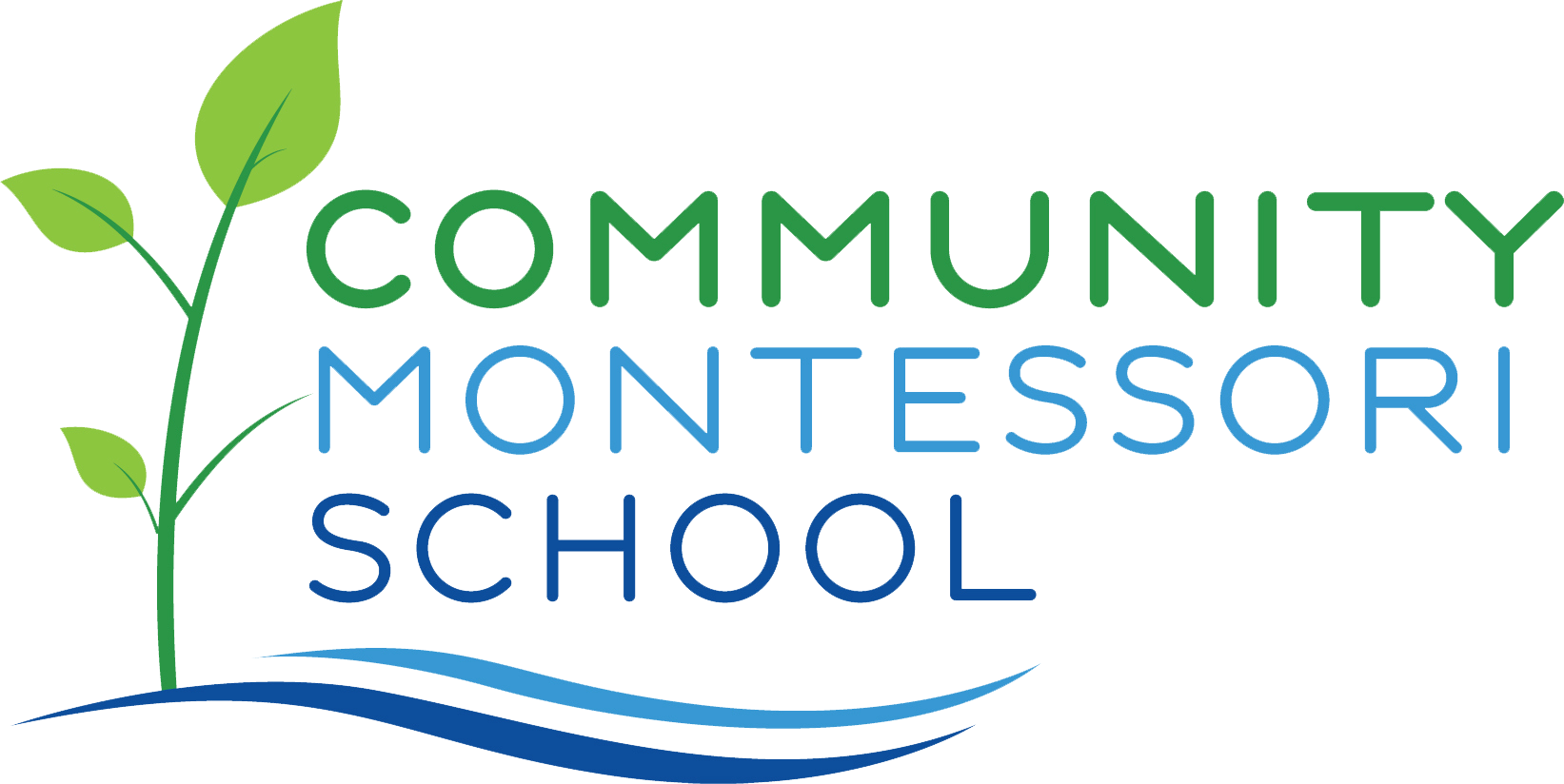Nurturing Nature's Stewards: Community Montessori's Land-Based Education
When Community Montessori School (CMS) purchased our 13-acre Stone Road campus in 2004, we embraced a vision deeply rooted in Maria Montessori's philosophy – that all education should be directly linked to the land. This revelation guides the mission of CMS fostering programs that tie learning to the natural environment from infancy to adolescence.
Bonding with the natural world
Maria Montessori believed that children, as living, growing, integrated organisms, must bond with the natural world and fall in love with it. The natural world is critical to child development, as we are organic beings guided by nature. Recognizing this, our students thrive from immersion in land-based learning on their 13-acre certified wildlife preserve.
Immersive outdoor experiences
The connection to nature begins in the toddler community, where little ones venture onto the land daily, enjoying nature walks, their toddler garden, and play spaces. Each primary environment has access to a garden courtyard area and a shared play structure, with weekly nature club experiences.
As children progress to elementary, their access to the campus expands. They tend their own gardens, play under the historic American Elm tree (circa 1920), explore the back patio and stream play areas, and participate in weekly outdoor health and nature programming, along with daily recess on the land.
Adolescent Stewardship
The middle school students take their connection to nature a step further, serving as caretakers of various land environments and ecologies. They maintain the restored stream, apple orchard, blackberry patch, butterfly garden, compost bin, memorial garden, rain garden, wetlands, perennial flower beds, riparian buffer zone, permaculture biofiltration, and rainwater harvesting systems.
Preserving the natural world
Our chickens produce eggs, and our vegetable garden supports a farm share program, fostering a deep appreciation for the land's bounty.
Through these immersive experiences, CMS nurtures a generation of environmental stewards, instilling a profound respect for the natural world and equipping them with the knowledge and skills to protect and preserve it for generations to come.
